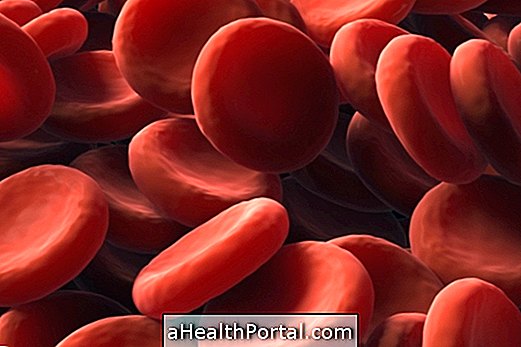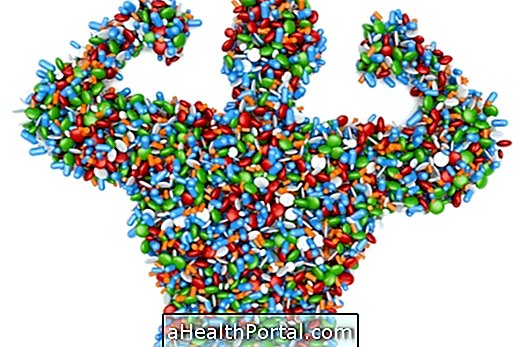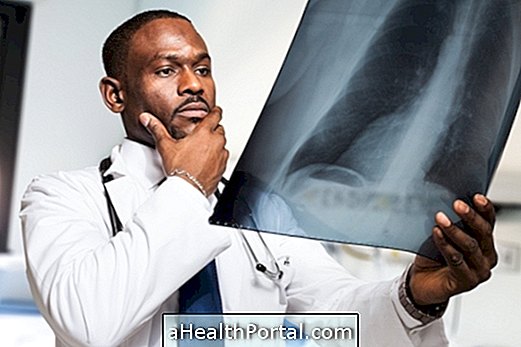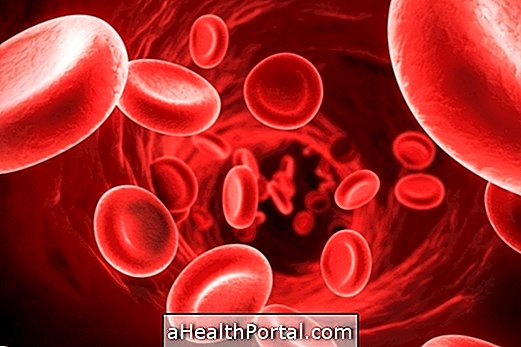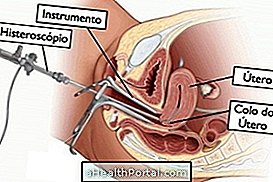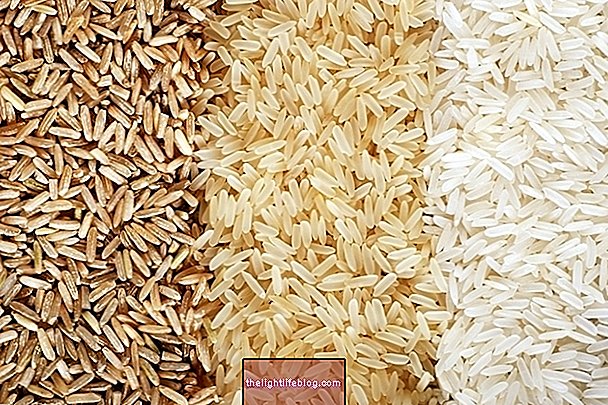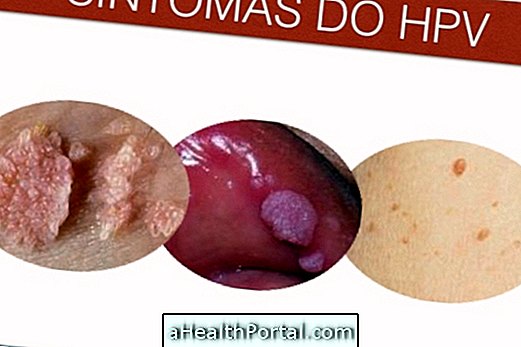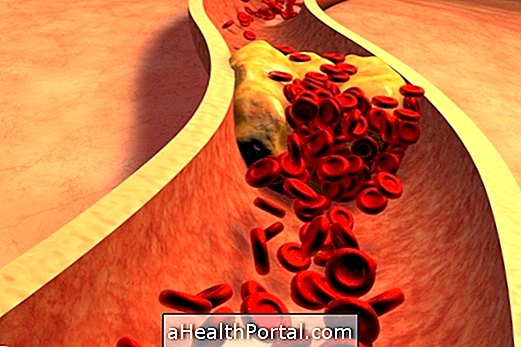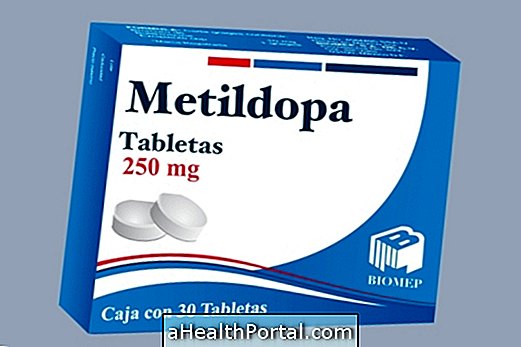The immune system, or immune system, is a set of organs, tissues and cells responsible for fighting against invading microorganisms, thus preventing the development of diseases. In addition, it is responsible for promoting the balance of the organism from the coordinated response of the cells and molecules produced in response to the pathogen. See which are the main defense cells of the organism.
The best way to strengthen the immune system and make it respond well to invading microorganisms is through feeding and practicing healthy habits. In addition, it is important that vaccination, especially as a child, be done to stimulate the production of antibodies and prevent the child from developing diseases that may interfere with their development, such as polio, also called childhood paralysis, which can be prevented by means of the VIP vaccine. Know when to take the polio vaccine.
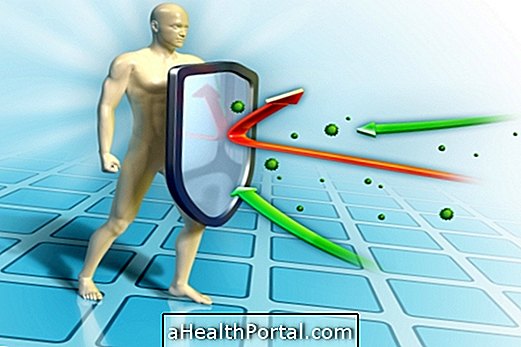
How it works
The immune system is responsible for protecting the body against any kind of infection. Thus, when a microorganism invades the body, the immune system is able to identify this pathogen and activate defense mechanisms with the aim of fighting infection.
The immune system consists of two main types of response: the innate immune response, which is the body's first line of defense, and the adaptive immune response, which is more specific and is activated when the first response does not work or is not enough .
Innate or natural immune response
The natural or innate immune response is the body's first line of defense, having been present in the person since birth. As soon as the microorganism invades the organism, this line of defense is stimulated, characterized by its rapidity and little specificity.
This type of immunity consists of:
- Physical barriers, which are the skin, hair and mucus, being responsible for preventing or delaying the entry of foreign bodies into the body;
- Physiological barriers, such as acidity of the stomach, body temperature and cytokines, prevent the invasive microorganism from developing in the body, besides promoting its elimination;
- Cellular barriers, which consists of cells considered as the first line of defense, which are neutrophils, macrophages and NK lymphocytes, responsible for encompassing the pathogen and promoting its destruction.
Due to the efficiency of the innate immune system, infections do not occur at all times, and microorganisms are rapidly eliminated. However, when natural immunity is not sufficient to combat the pathogen, adaptive immunity is stimulated.
Adaptive or acquired immune response
The acquired or adaptive immunity, although it is the second line of defense of the organism, is of great importance, since it is by means of which the memory cells are generated, preventing that infections by the same microorganism occur or, if they occur, they are milder .
In addition to giving rise to memory cells, the adaptive immune response, although it takes longer to be established, is more specific, since it can identify specific characteristics of each microorganism and thus drive the immune response.
This type of immunity is activated by contact with infectious agents and has two types:
- Humoral immunity, which is a response mediated by antibodies produced by type B lymphocytes;
- Immunity, which is the immune response mediated by T-lymphocytes, that promote the destruction of the microorganism or the death of infected cells, since this type of immunity is developed when the pathogen survives the innate and humoral immunity, being inaccessible to the antibodies . Learn more about lymphocytes.
In addition to humoral and cellular immunity, the adaptive immune response can also be classified as active when acquired through vaccination, for example, or passive, when they come from another person, such as through breastfeeding, where antibodies can be from the mother to the baby.

What are antigens and antibodies
For an immune system response, antigens and antibodies are needed. Antigens are substances capable of eliciting an immune response, being specific to each microorganism, and which binds directly to the lymphocyte or an antibody to generate the immune response, which normally results in the destruction of the microorganism and thus the end of infection.
Antibodies are Y-proteins responsible for protecting the body from infections and are produced in response to an invading microorganism. Antibodies, also called immunoglobulins, can be acquired through breastfeeding, which is the case with IgA, even during pregnancy, in the case of IgG, or are produced in response to an allergic reaction in the case of IgE.
| Immunoglobulins | Features |
| IgA | It protects the gut, respiratory and urogenital tract of infections and can be obtained through breastfeeding, where the antibody is passed from mother to baby |
| IgD | It is expressed together with IgM during the acute phase of infections, however its function is still unclear |
| IgE | It is expressed during allergic reactions |
| IgM | It is produced in the acute phase of infection and is responsible for the activation of the complement system, which is a system composed of proteins responsible for facilitating the elimination of the invading microorganism |
| IG G | It is the most common type of antibody in the plasma, it is considered the memory antibody and it protects the newborn, since it can cross the placental barrier |
In the response to infections, IgM is the antibody first produced. As the infection sets in, the body starts to produce IgG which, in addition to fighting infection, remains in circulation and is considered a memory antibody. Learn more about IgG and IgM.

Types of immunization
Immunization corresponds to the mechanism of the organism to promote protection against certain microorganisms, and can be acquired naturally or artificially, as in the case of vaccines, for example.
Active Immunization
The active immunization is that acquired through vaccination or due to contact with the agent of a certain disease, stimulating the immune system and causing it to produce antibodies.
Active immunization is able to generate memory, that is, when the body again contacts the causative agent of a particular disease, the body recognizes and fights the invading agent, preventing the person from developing the disease or having it more severely . Thus, this type of response is long lasting, however delayed to be established, ie shortly after exposure to the noxious agent, there is no adequate immune response formation immediately. The immune system takes time to process and assimilate this information.
Natural exposure to the pathogen is one way to obtain active immunization. In addition, it is important to get the active immunization artificially, which is through vaccination, thereby preventing future infections. In vaccination, the person is given the killed microorganism or its decreased activity in order to stimulate the immune system to recognize the pathogen and create immunity against it. See what the major vaccines are and when they should be taken.
Passive immunization
Passive immunization occurs when the person acquires antibodies produced by another person or animal. This type of immunization is usually obtained naturally through the passage of immunoglobulins, mainly of the IgG (antibody) type, through the placenta, that is, through the direct transfer of the mother to the baby.
Passive immunization can also be artificially acquired through the injection of antibodies from other people or animals, such as snakebite, for example, where the snake venom is extracted from the snake venom and then administered directly to the person . Learn more about first aid for snakebite.
This type of immunization generates a faster immune response, but is not as long lasting as active immunization.
How to improve the immune system
To improve the immune system it is important to adopt healthy lifestyle habits such as regular exercise and a balanced diet with foods rich in vitamin C, selenium and zinc. See which foods can strengthen the immune system.
Check out other tips to improve the immune system:

